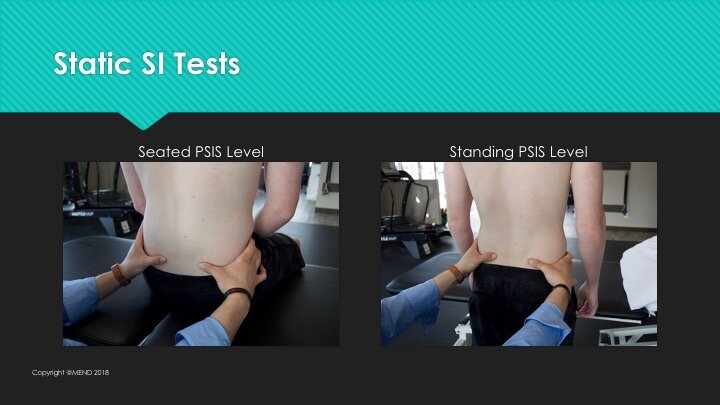There are few clinical examples that remind me of how far we have come in orthopedic Physical Therapy practice than assessing bony SI landmarks. As the popular clinical pendulum swung these landmarks were assessed in patients presenting with low back pain to hip pain and even to distant regions such as ankle and neck. Thankfully, the pendulum has returned to more acceptable practice patterns based on the SI joint evidence, but some clinicians refuse to let go of these assessments. Athletes often present to our clinic after being told by another clinician the root cause of their _______ symptoms is secondary to an uneven, torsion, rotated, or dysfunctional pelvis. These false statements only prolong a patient’s disability and pain by leading them down the wrong path to recovery. A recent study examined the impact of these assessments on future running injury.
Cahanin and colleagues in the International Journal of Sports Physical Therapy sought to examine the correlation between leg length differences and SI joint position on future running injury (2019). Authors observed a sample of 100 runners who underwent a patient history and clinical examination. In one measurement, clinicians measured iliac crest (top of pelvis) position between sides with a clinical measuring tool. Differences in height were then calculated to compare L to R sides. Authors then sought to correlate historical and clinical variables with running injury incidence. They reported patients with a pelvic height difference of more than 5 mm was not associated with future running injury. Conversely, consistent with prior research they reported an increase in risk of injury among runners who sustained a previous running injury.
Injured runners are encouraged to avoid work with a knowledgeable Physical Therapist to identify the source of their symptoms and contributing factors, which rarely involve the SI joint.
Click Here to schedule your next appointment with the experts at MEND

